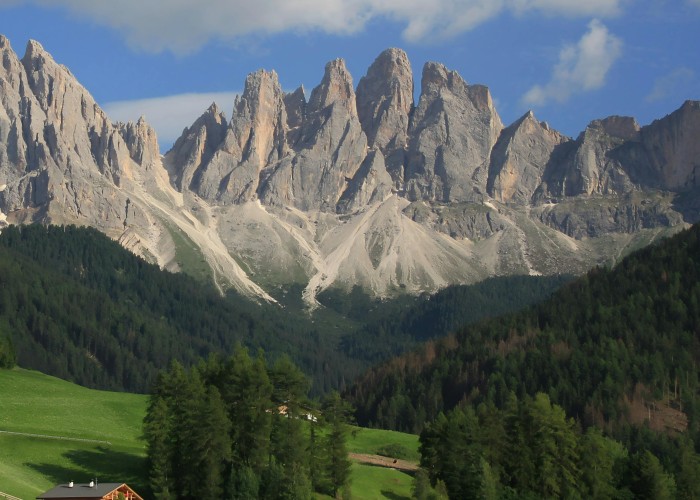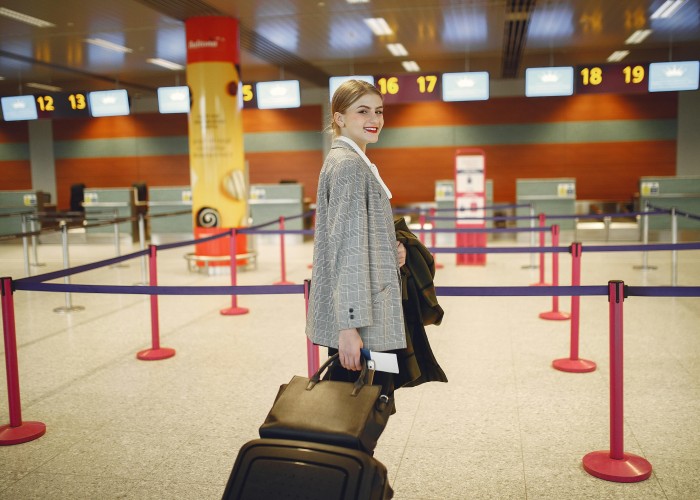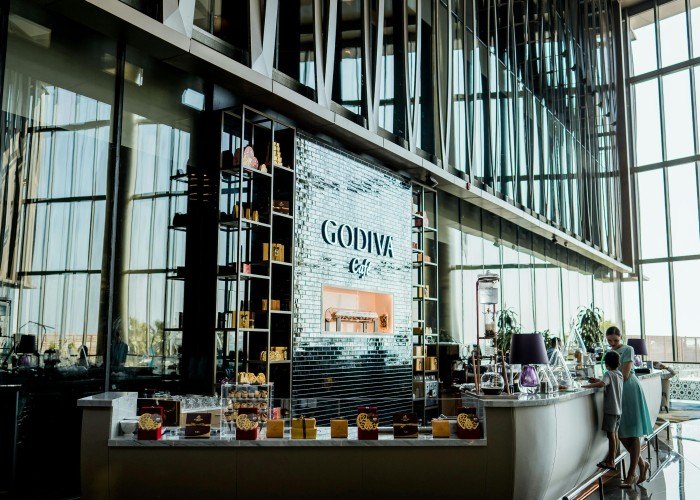The Berlin High Trail, or Berliner Höhenweg, is a demanding high‑alpine circuit in Austria’s Zillertal Alps, nestled in Tyrol. Clocking in at around 70 to 87 kilometres, it takes you from Finkenberg through rugged terrain and glacier-studded passes, and concludes near Mayrhofen . Berlin High Trail, Austria – Tour & Trek Guide.
Why it’s renowned:
- It crosses soaring ridges and glaciers, reaching its highest point near Schönbichler Horn, around 3,100 m
- The trail connects iconic mountain huts—Friesenberghaus, Olpererhütte, Furtschaglhaus, Berliner Hütte, Greizer Hütte, Kasseler Hütte, and Edelhütte
- It’s celebrated for offering dramatic views of glaciers, alpine peaks, and high mountain lakes
This is not a gentle walk—it’s a serious alpine journey for seasoned hikers who crave bold terrain and mountain drama.
Best Time to Visit
Mid‑July through mid‑September is ideal. Here’s why:
- Many huts open mid‑June and close by late September
- Snow may linger into July; August offers the most stable weather, with September bringing quieter trails
- High passes become safe to traverse, and glacier melt is manageable during this window.
How to Reach (Train / Road / Air)
By Air:
- Fly into Innsbruck or Munich, both offering easy onward connections.
- Snow-capped peaks give way quickly to Tyrolean valleys
By Train:
- Take the train to Jenbach, then the scenic Zillertal Railway to Mayrhofen or Finkenberg
By Road:
- Renting a car from Innsbruck or Munich gives flexibility.
- Local buses shuttle hikers to trailheads like Schlegeis Reservoir or Ginzling.
Entry Fees and Permits (Subject to Change)
- No permit required for trail access.
- Mountain hut stays typically cost €45–55 per night for half‑board (dinner, bed, breakfast)
- Trailheads may charge parking fees of €2–10 per day.
- Some sections lie in protected areas—wild camping is prohibited; please check local signage
Food Availability and Meal Options During the Trek
- Each hut serves meals, with à la carte and concierge‑style half‑board options
- Friesenberghaus and others provide humble, hearty fare high in the mountains .
- Water is available at huts and from clean streams—carry a filter or purification method for peace of mind
- Bring a snack or packed lunch if hut kitchens are closed or out of reach. Berlin High Trail, Austria – Tour & Trek Guide.
Packing List and Essentials
- Clothing: Base layers, insulating mid‑layer, waterproof outerwear, sunhat, and gloves depending on season.
- Footwear: Sturdy hiking boots with good ankle support.
- Gear:
- Backpack (30–40 L)
- Map or GPS with offline maps
- Trekking poles (helpful on steep sections)
- First‑aid kit
- Headlamp, spare batteries
- Emergency blanket, whistle
- Water treatment or filter
- Optional for secure sections: Light harness and via ferrata set if still available at altitude
Safety Tips and Local Regulations
- This trail requires sure‑footedness, a head for heights, and comfort with exposed, sometimes secured terrain
- Trails are well‑marked, but snow, fog, or rockfall can obscure visibility—carry backups
- Avoid wild camping; the area is protected and littering may result in fines up to €14,500
- Leave no trace: carry out your waste and respect fragile alpine ecosystems
- In emergencies, dial 112 across the EU.
Tips for Beginners or First‑Time Visitors
- Consider hiking shorter sections or using valley descents from huts to reduce daily strain
- Reserve hut beds several months in advance via hut‑reservation platforms
- Bring offline GPS or maps for navigation—signal can drop on exposed ridges
- Acclimatization: Spend a night or two in Mayrhofen before attempting high passes.
- Travel light—carry what you need for each stage, as portions move hut to hut.
Local Customs or Cultural Etiquette
- A simple “Servus” or “Grüß Gott” goes a long way in mountainside huts.
- Respect the heritage of places like Berliner Hütte—an alpine monument built in 1879
- Trash separation is important: sort recyclable items even in remote regions.
- Tipping isn’t mandatory but is appreciated; a modest token in hut kitchens shows respect.
- Stay quiet and respectful, especially at dawn or dusk when the alpine environment awakens or settles.
FAQs – Berlin High Trail
How long is the trail?
Approximately 70 to 87 km, depending on routing
How many days does it take?
Typically 7 to 9 days on the classic loop
What is the difficulty level?
It is demanding to very difficult, requiring high fitness, alpine experience, and surefootedness
What’s the highest elevation?
Around 3,134 meters at Schönbichler Horn
Are there restrooms?
Yes—hut facilities include basic toilets; none along open trail segments.
Family friendly?
Better suited to fit young adults; short sections may work for families familiar with steep hikes.
Are dogs allowed?
Yes, with caution. It’s strenuous for dogs to navigate exposed terrain. Berlin High Trail, Austria – Tour & Trek Guide.
Is the route marked?
Yes—marked with red‑white trail signs, though snow may obscure them
Can I hike in either direction?
Yes—both clockwise and counter‑clockwise options exist and are equally viable
Is wild camping allowed?
No. Regulations are strict, and fines may apply in protected zones
Final Thoughts
The Berlin High Trail is one of Europe’s alpine masterpieces—a week-long journey through glacier-carved valleys, upward through rocky passes, and across mountain ridges that lead to sweeping views. For determined trekkers from the USA, UK, Australia, and Germany, it offers a wild, immersive experience of Austria’s high mountains. Berlin High Trail, Austria – Tour & Trek Guide.






Leave a Reply